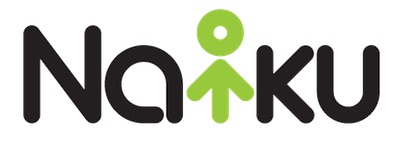Recently Arne Duncan spoke at “Digital Learning Day,” where he encouraged schools to get digital textbooks in the hands of every student within five years. Apple’s iBook 2 announcement a few weeks ago, suddenly makes this seem like a possibility. This is a fantastic vision – and another positive step – in a series of steps – where technology is used to provide a tailored learning experience to every child.
I believe school and its construct is important. K-12 students spend over 30 hours a week “in school.” Think of all of the teachers who start the day “ready to teach.” Sure the day gets long and there are a lot of students to interface with… but the next morning, there they are – the teachers – “ready to teach” again! And the students who had a question the night before – and they wanted to learn more about a concept or idea – and came to school that morning with a thought that they might ask the teacher to tell them more about it.
What has come between these two groups? The teachers who want to teach and the learners who what to learn? What can technology do to bring them together? I believe it is diversity. Not of race – but of ideas. Because of the digital wave that has occurred outside of the school walls: the mobile phone coupled with Wikipedia, Google, Khan Academy, YouTube and yes, even Facebook, students are free to indulge their interests… distractions will always abound… and now we must use this same technology to reestablish the learning connection between students and teachers.
This is the first in a series of posts on using technology to reestablish the learning connection between the student and teacher.

